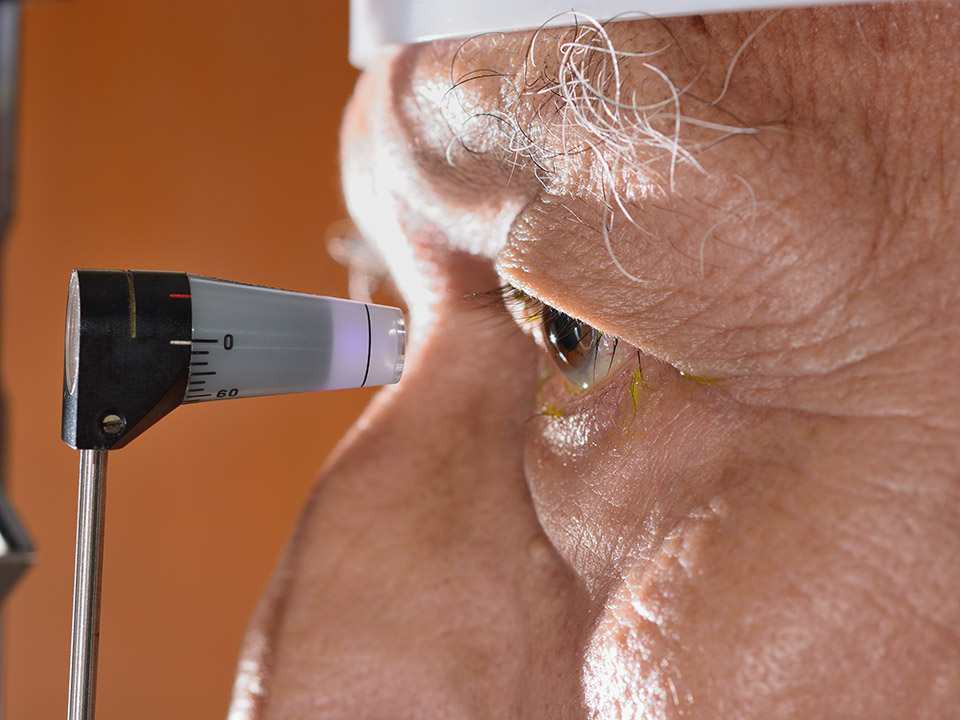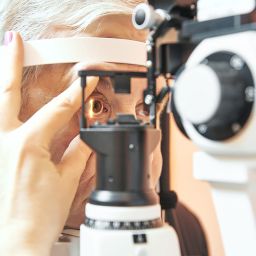
5 Major Types of Glaucoma and Prevention Tips for a Healthy Vision
You might have come across glaucoma and wondered what some of its categories are. Glaucoma exists in various types. These include
- Congenital glaucoma
- Normal-tension glaucoma
- Angle-closure glaucoma
- Open-angle glaucoma
Even though glaucoma bears acute, long-term effects such as blindness, the silver lining in all this is that you can prevent it by applying tips given in this article. But first, take a look at some of the existing types of glaucoma.
1. Angle-Closure Glaucoma
It’s also known as closed-angle glaucoma, acute glaucoma, or narrow-angle glaucoma. It occurs when the iris swells towards the cornea and causes closure of the drainage canals between the iris and the cornea. The blockage impedes the flow of fluid in the eye and causes an increase in pressure. If your drainage canals are narrow, you are prone to angle-closure glaucoma. The latter may occur gradually or instantly.
2. Open-Angle Glaucoma
It is the most common type of glaucoma, which accounts for approximately 90% of glaucoma cases. It’s also referred to as primary or chronic glaucoma. The disease occurs when the drainage angle, where the iris and cornea meet, remains open, but there’s a partial blockage of the trabecular meshwork. As a result, a slow increase of pressure in the eye injures the optic nerve. If not detected early, you could lose your vision.
3. Normal-Tension Glaucoma
Normal-tension glaucoma arises when external factors impair your optic nerve, but the pressure in your eye remains normal. Unfortunately, there is not enough research to determine a particular cause of this disease. For example, your optic nerve could be short of blood supply, or it could be that you have sensitive optic nerves.
4. Congenital Glaucoma
It’s also known as childhood glaucoma, infantile or pediatric glaucoma. It mainly affects infants and young children. Congenital glaucoma could be the result of inappropriate development of the eye’s drainage canals before birth or during the early stages of a child’s life. Due to this, there is a rise in intraocular pressure resulting in the injury of the optic nerve. You can also develop the disease due to genetics.
5. Pigmentary Glaucoma
It occurs due to pigment granules from the iris piling up in your drainage canal, causing a blockage or slow-down of fluid. In addition, research shows that activities such as soccer, tennis, or basketball accelerate the release of pigment granules onto the trabecular meshwork causing its blockage and leading to intraocular pressure elevation.
Beware of your family’s eye health history
If glaucoma runs in your lineage, you are at a higher risk of infection. In such cases, you need frequent eye examinations with your doctor for early detection of any issues. Glaucoma rarely shows symptoms in its early stages. Therefore, go for regular check-ups to prevent any eye damage. Ask your doctor to help you determine the appropriate screening schedule.
Go for frequent dilated eye examinations
Having frequent eye examinations with your ophthalmologist is the best way to detect early signs of glaucoma. The examination procedure includes measuring the drainage angle of your eye and eye pressure, a test of the visual field of your eyes, and an analysis of your optic nerve. Being adamant about these exams could cost you blindness.
Put on eye protection when engaging in sport activities
Intense sporting activities such as hockey, basketball, and football could cause eye injury and trigger glaucoma. Use protective eyewear to keep your eyes safe. Besides playing sports, protect your eyes when mowing, cycling, using power tools, and doing other heavy tasks.
Use your eye drops regularly with the correct prescription
If your doctor prescribes eye drops for your glaucoma treatment, ensure you are using them regularly. Frequent use of eye drops helps to reduce eye pressure either by decreasing the secretion of fluid or boosting the drainage of fluid from your eye.
Eat foods that will boost your eye health
Eating healthy foods could mean a boost to your eye health. These include foods rich in vitamin E(eggs, nut oils, whole grains), vitamin C(broccoli, leafy greens, tomatoes, citrus fruits), A(carrots, milk, sweet potatoes, liver), D(cod liver oil, oily fish, cereal, fortified milk), fruits and vegetables, zinc, and omega-3 fatty acids. In addition, be moderate in using caffeine, salt, and keep your calorie diet low. However, it is essential to note that research is still ongoing to determine the connection between diet and glaucoma.
Conclusion
Considering that glaucoma is hard to detect early, you must stay informed. Learning about the different types of glaucoma could help you tell if you are at risk of contracting the disease. Additionally, the tips given above will help you prevent or overcome some of the risks.
Letting a qualified professional regularly examine your eyes is the best way to protect your eyes from unpredictable danger and health issues. Schedule an appointment with Anaheim Eye Institute for inquiries and healthy vision.





